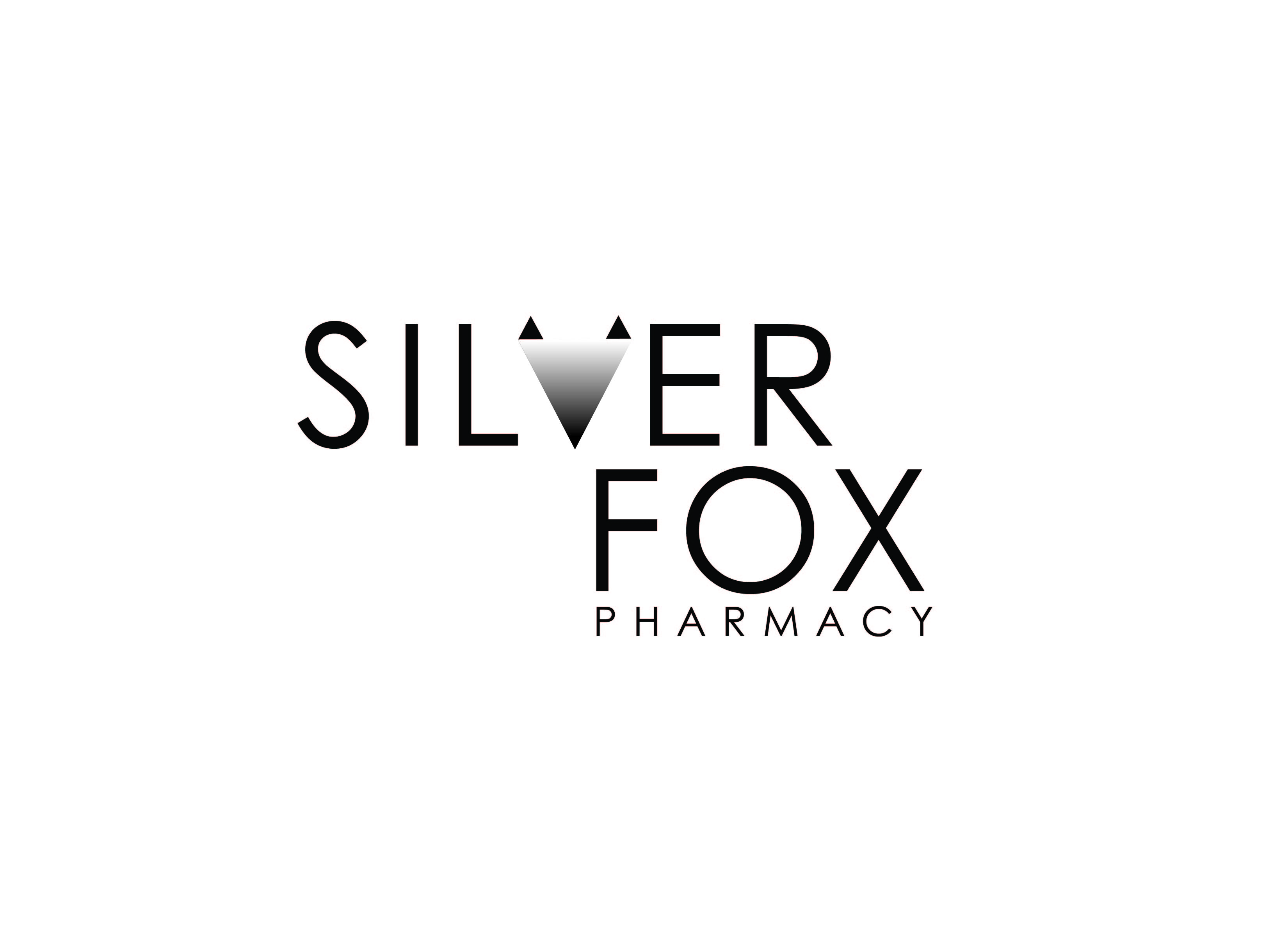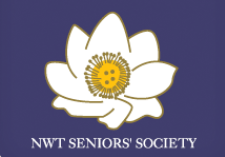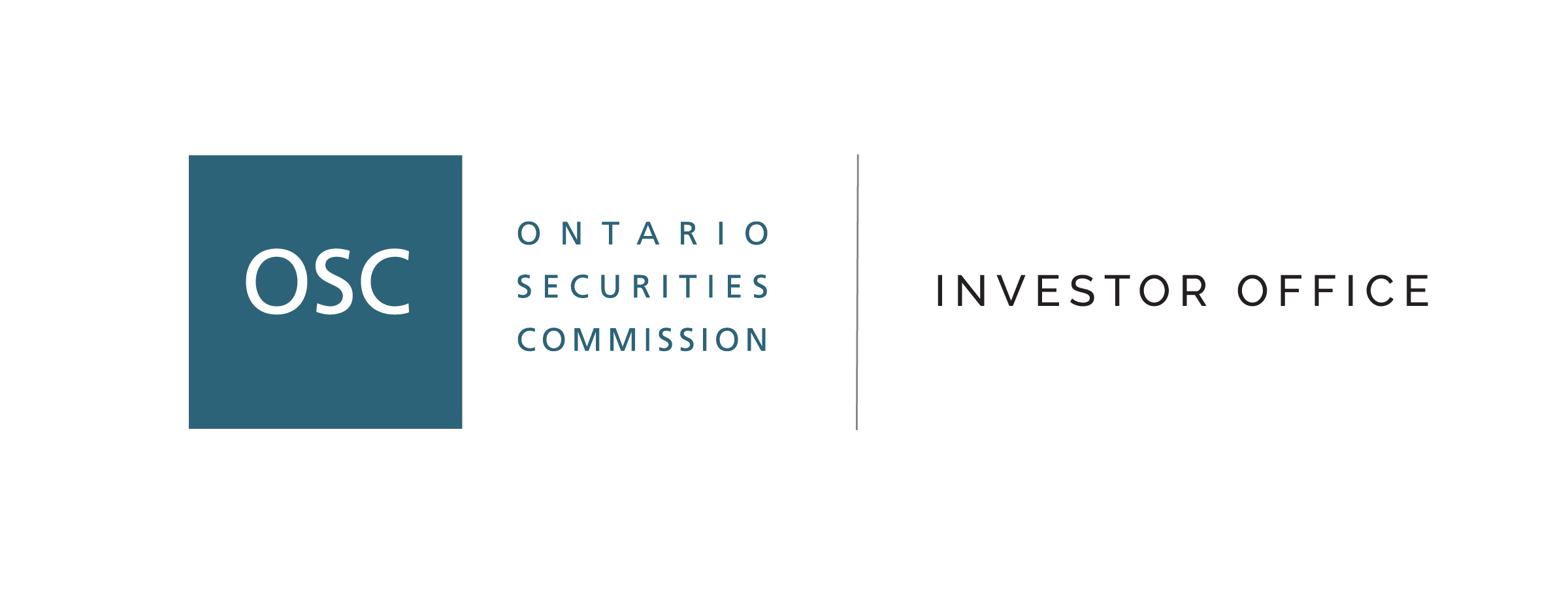- Details
- Published: 30 March 2016
By Margaret Easton
The relationship between frailty and elder abuse is receiving increasing attention in the research literature. In a previous blog, I reviewed research which suggested that normal age-related frailty leading to impairment in Activities of Daily Living (ADL’s) poses a significant risk factor for financial exploitation. The authors of that study concluded that “the need of some older adults for help and assistance in accomplishing everyday activities appears to elicit verbal abusiveness and economic exploitation, but not other forms of abuse” (Acierno et al., 2011). In this blog, I’d like to share the results of a research article published last month that strongly suggests that economic exploitation in late life leads to increased mortality (Burnett et al., 2016).
A number of studies conducted in the U.S. in the last decade have established an association between elder abuse and mortality suggesting that older adults who are abused experience a three-fold increase in mortality compared to a non-abused cohort (Dong et al., 2011; Dong et al., 2009; Lachs et al., 1998). However, no study to date has attempted to identify if different kinds of elder abuse have a unique impact on the mortality rates of older adults. In an attempt to address this gap in the research literature, the authors of this study investigated 1,670 substantiated elder abuse cases in the U.S. (Burnett et al., 2016). Their results are the first to reveal that even in a time period as short as five years, statistically significant differences in mortality patterns emerged across five categories of elder abuse. Consistent with the authors’ hypothesis, caregiver neglect had the highest five-year mortality rate (35%). However, the results for financial abuse were unexpected. While financial abuse represented only 9% of the 1,670 substantiated cases of elder abuse, it represented the second highest percentage of deaths at 28%. This was followed by mortality rates of 21% for polyvictimization (multiple forms of abuse occurring simultaneously), 19% for emotional abuse, and 7% for physical abuse.
As the authors of this study point out, their results do not support the current tendency to characterize financial exploitation as a less serious category of abuse than neglect and physical violence. In fact, they conclude that, “compared with physical and psychological abuse, victims of caregiver neglect and financial exploitation had the lowest survival over the 5-year period, with no statistically significant difference detected between these two types of abuse.” Although the authors could not point to a definitive explanation for their results, they suggest that the similarity in mortality rates between caregiver neglect and financial abuse might be explained by the number of risk factors shared by both types of abuse and mortality such as poor health, physical functional impairment, frailty, low cognitive functioning, and social isolation.
While current research has consistently revealed that the stress created by financial abuse has serious consequences for the quality of life of older adults, evidence that reduced quality of life results in lower survival rates has not been available until now. If, as these two research projects reveal, late-life frailty is a contributing factor in financial abuse (Acierno et al., 2011), and financial abuse is, in turn, a contributing factor in lowered survival rates in later life (Burnett et al., 2016), it is clear that the need for additional research in Canada exploring the relationships among financial abuse, frailty, and mortality is now much more urgent.
- Acierno, R., Hernandez, M., Amstadter, A., Resnick, H., Steve, K., Buzzy, W, and Kilpatrick, D. (2011). Prevalence and correlates of emotional, physical, sexual, and financial abuse and potential neglect in the United States: The National Elder Mistreatment Study. American Journal of Public Health, Vol 100(2), p. 292-297.
- Burnett, J., Jackson, S., Sinha, A., Aschenbrenner , A., Pace Murphy, K., Xia, R., & Diamond, P. (2016). Five-year all-cause mortality rates across five categories of substantiated elder abuse occurring in the community, Journal of Elder Abuse & Neglect. doi.org/10.1080/08946566.2016.1142920.
- Dong, X., Simon, M., Beck, T., Farran, C., McCann, J., Mendes de Leon, C.F., Laumann E., & Evans, D. (2011). Elder abuse and mortality: The role of psychological and social wellbeing. Gerontology, 57, p. 549–558. doi:10.1159/000321881
- Dong, X., Simon, M., Mendes de Leon, C., Fulmer, T., Beck, T., Hebert, L., & Evans, D. (2009). Elder self-neglect and abuse and mortality risk in a community-dwelling population. JAMA: The Journal of the American Medical Association, 302(5), p. 517–526. doi:10.1001/jama.2009.1109
- Lachs, M., Williams, C., O’Brien, S., Pillemer, K., & Charlson, M. (1998). The mortality of elder mistreatment. JAMA: The Journal of the American Medical Association, 280(5), p. 428–432. doi:10.1001/jama.280.5.428

















